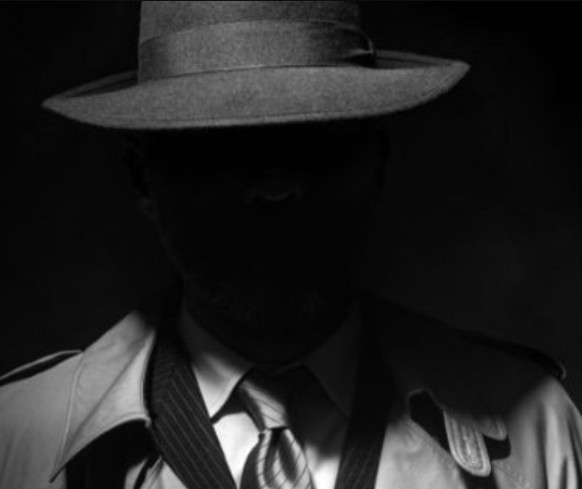
William H. Busteed
Childhood
Little is documented about Busteed’s early life, but he was likely born around 1848 in the United States. His later career suggests he was immersed in gambling culture from a young age, possibly influenced by the thriving underground betting scene in New York.
Career
Busteed became the owner of a thriving Broadway gambling resort, competing with figures like "Honest" John Kelly (a Tammany Hall leader) and fellow gamblers Sam Emery, Dinky Davis, and John Daly. His operations extended to Long Island, where he ran a gambling house in Hewlett's with partner David Gideon.
In July 1920, their establishment was raided by Neil H. Vandewater (Nassau County Association) and state troopers. Authorities uncovered a hidden electronic door, concealing roulette tables and gambling equipment beneath the carpet.
Busteed and Gideon were among the first convicted in Nassau County’s "John Doe inquiry", a seven-month crackdown on illegal gambling. Despite their age (both in their 70s), Judge Townsend Scutter refused leniency unless they exposed corrupt officials.
Busteed pleaded guilty (October 18, 1920) and was fined $1,000. Later, he was set to testify against four Nassau County officials, including Assemblyman Thomas McWhinney and Sheriff Charles W. Smith. However, he disappeared before trial, resurfacing in Boston before returning to testify.
Personal life
Details about Busteed’s personal life are scarce, but his disappearance before trial suggests he had family ties in Boston, where he briefly hid.
Revenue
While exact figures are unknown, Busteed’s Broadway resort and Long Island operations were lucrative enough to rival prominent gambling figures of his time.
Interesting facts
Secret gambling room: His Hewlett's establishment had an electronically operated hidden door, showcasing the lengths gamblers went to evade raids.
Disappearance before trial: His vanishing act added drama to the legal proceedings.
Ties to Tammany Hall: His rivalry with "Honest" John Kelly highlights gambling’s political connections.
Legacy
Busteed’s story illustrates gambling’s ties to corruption in early 20th-century America. His legal battles exposed how gambling operators colluded with officials, shaping later crackdowns on organized crime.
Frequently asked Questions
A gambler and underworld figure in early 1900s New York, known for his Broadway casino and legal troubles.
The 1920 raid on his Long Island gambling house, revealing a hidden electronic door, led to his conviction and testimony against corrupt officials.
His case highlighted gambling’s political corruption, influencing later reforms.
September 10, 1924, at around 76 years old.














